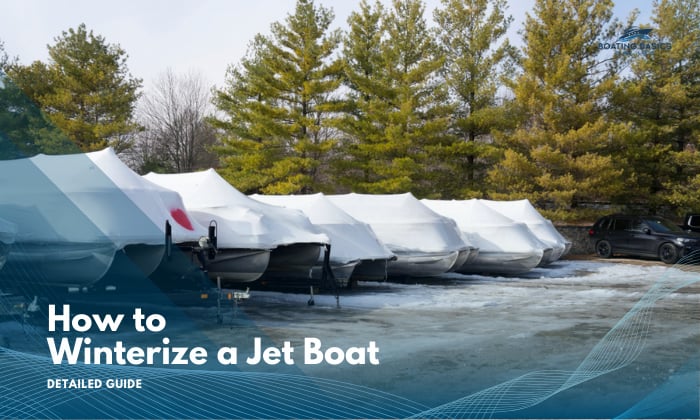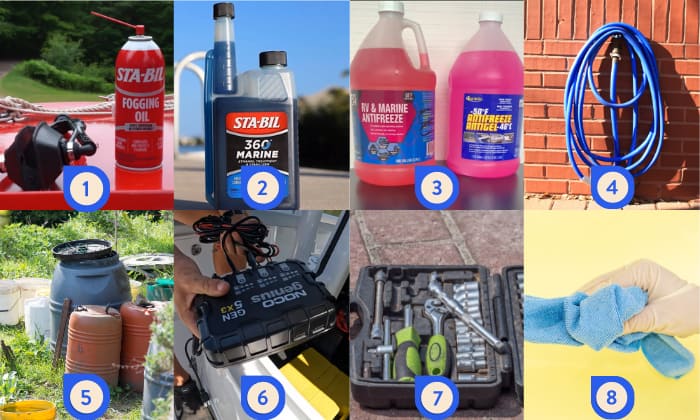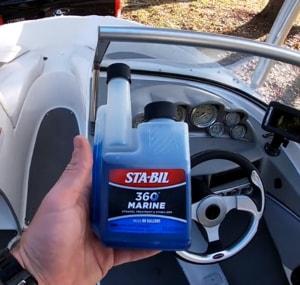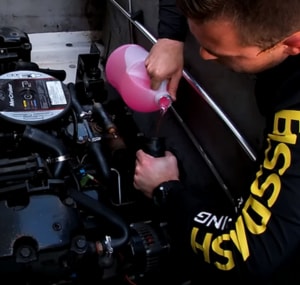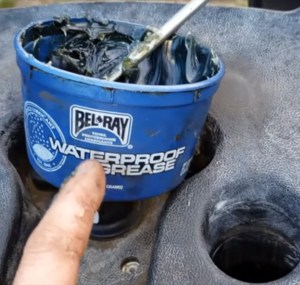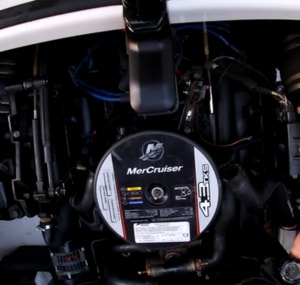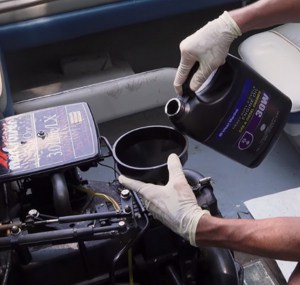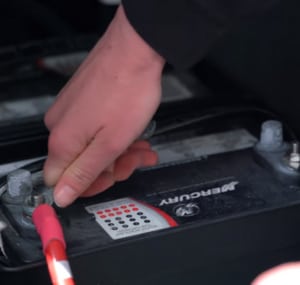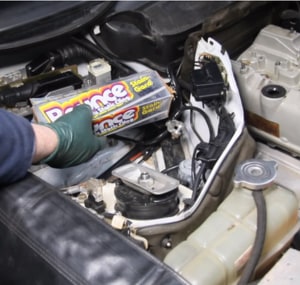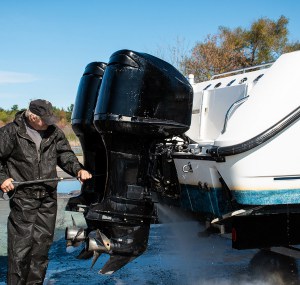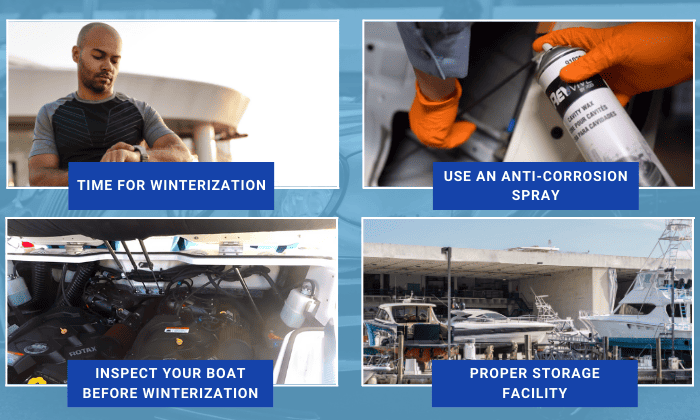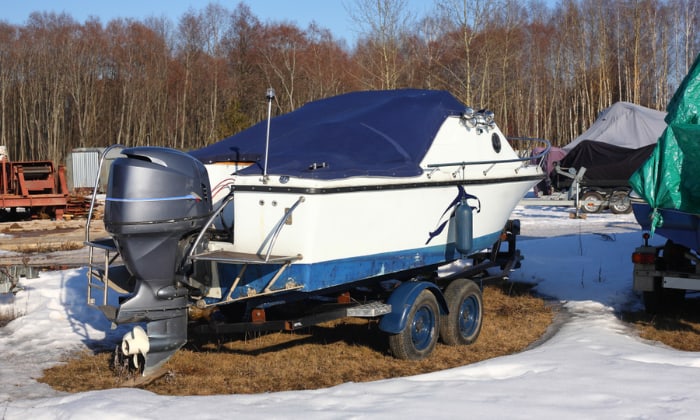There are numerous methods that people follow when winterizing a jet ski. That’s why if you want to know how to winterize a jet boat, you should ultimately discover the one that works best for you.
In most cases, you just need to refer to your boat’s long-term storage or winterizing instructions from the service manual. This guide is based on the steps outlined in those documents and what works for me and most boaters.
Table of Contents
What to Prepare
- Fogging oil
- Marine-grade fuel stabilizer
- Marine antifreeze
- Garden hose
- Large water container
- Trickle charger (optional)
- Socket and ratchet
- Clean rags
A brief preface before we begin:
Every model and make of a jet boat varies, and as such, they often follow their own winterization process. For example, in a standard Yamaha jet boat, there are basically only three main steps involved: add a fuel stabilizer, fog the engine, then lubricate the components that need it.
At most, those are the most essential steps in jet ski winterization, besides adding antifreeze. Other models, particularly a jet ski 4-stroke may call for extra steps like changing the oil and removing the battery. At times, I throw in doing general cleaning in the mix.
These facts only underscore the importance of knowing your specific model and the most suitable method for it. In most cases, consulting the service manual will help you come up with a safe and effective winterization checklist you can use without qualms year after year.
I’ve compared the steps folks typically use and come up with the following winterization guide that can apply to most models, regardless of it being a jet ski 2 stroke or otherwise.
The Complete Guide to Winterizing Your Boat
Step 1. Stabilize the fuel
You’ll need to add a fuel stabilizer to the fuel tank so you’ll still be able to use the fuel at the start of next season. Follow the instructions for use on the specific product you bought.
On average, you’ll need an ounce of stabilizer for every 10 gallons of fuel. Top off the fuel tank with fuel to prevent moisture build-up and minimize the air cavity in the tank.
Step 2. Flush the engine with antifreeze
You don’t want the cold during winter to damage your jet boat’s engine, so always take the time to flush it with antifreeze. Again, follow the proportions stated in the product’s instructions when mixing it in the container of your choosing.
There are a number of ways you can make flushing more convenient. For example, you can set up a gravity jug system. If you’re not crafty, you can just get a gravity motor cleaning kit.
To flush with antifreeze simply means to throttle in brief spurts or start the engine to get the solution flowing. At first, water will likely exit the engine’s outlet and exhaust. However, it should be fully replaced by the antifreeze solution.
Is no antifreeze coming out of the muffler’s outlet? You may have to check it for blockages, vacuum each one out, then pour the antifreeze solution directly into the muffler’s openings to make sure that those compartments will be protected, too.
Step 3. Grease where needed
Usually, this means cleaning and lubricating seals, cables, and hose connections. You’re doing this mainly to prevent corrosion and slow down the depreciation of these metal components. This is especially recommended for those who use their jet boats mostly in saltwater.
Step 4. Fog the engine and cylinders
Some may argue that to fog an engine for winterization isn’t essential. But, if you want to stay on top of corrosion, you simply can’t skip it.
The simplest way for me to fog a boat motor is just to remove all the spark plugs. That way, I get to inspect them, too. You may need a socket and ratchet to remove each one.
Afterward, you’ll need to spray a small amount of the fogging oil into each spark plug hole – a 5-second application per hole will do. Aim directly for the holes’ respective openings as much as possible.
Now, grab a rag or towel to cover all the holes. Once done, crank the engine to distribute the fogging oil throughout the cylinders.
Remove the rag, then reinstall the spark plugs. Tighten them securely using the socket and ratchet.
Maintenance and Inspection
These are steps and storage tips that aren’t technically part of basic winterization but are still recommended to make winterization a part of your full winter boat maintenance every year.
1. Change the oil
I don’t always do this yearly, but once I see that it’s gotten filthy, then I always think it’s a good idea to change the oil. This is a big topic in itself.
2. Remove and store the battery correctly
Many boaters argue that this is an essential step, and on the whole, I tend to agree. Don’t skip this, as it could result in draining issues and corrosion.
As such, I highly recommend investing in a trickle charger to maintain its charge. Otherwise, just be sure to store it in a cool, dry place.
3. Stay on top of potential rodent infestations
Check for tell-tale signs of rodent damage like chewed-up parts or, worse, damaged wiring. You should be able to tell that there’s seriously damaged wiring on your boat if certain electrical components aren’t running anymore, though.
My simple workaround for this is to block all access points. This means putting balls of plastic bags, steel mesh, or expanding foam on the entrances of all inlets and outlets that these pests can squeeze into.
They may not completely deter the rodents, but if you see any chewed-up plastic come springtime, then that’s your sign to call the local pest control to take care of it for you.
4. Do general cleaning
You can always do this as a preliminary step before doing the winterization process. Overall, this shouldn’t be too complicated. Just freshen up your boat and take out any item you wouldn’t want to keep in it over the winter.
However, if you want to guarantee a thorough cleaning and not rely on a professional to do it for you, then I suggest taking the time to watch some video in Youtube.
Additional Considerations
- If you’re a bit worried and are wondering, “How long does it take to winterize a boat?” and find the process too time-consuming, remember that you can always just do the 3 or 4 essential steps outlined above.
- You can use an anti-corrosion spray to protect all moving parts.
- Inspect your boat for damage before you go about winterization. It may be better to address the issue before you store it for a long time to stay on top of it so that your jet boat will be ready to go next season.
- Make sure your boat has a proper storage facility. Putting it somewhere where it will be compromised to a lot of the problems said here only defeats the purpose of winterization.
FAQs
Why Winterizing is Essential for Jet Boats
It’s considered part of boat maintenance because it protects your boat from damage, particularly its engine, which is arguably its most vital component.
How often should I check on my winterized jet boat?
This depends on your proximity to the boat. If it’s in a garage located right beside your home, you’ll most probably find time to check it regularly. If it’s stored someplace that’s quite a distance away, then check-ups every one or two weeks should be the minimum.
Can I use regular antifreeze for my jet boat’s engine?
If you mean by “regular” that it’s meant for cars, then, no, you shouldn’t use that on your jet boat’s engine. You may end up damaging it. Only opt for marine antifreeze.
Cost to Winterize a Jet Boat
This depends a lot on where you’re located, so it’s hard to get an average cost. At the very least, expect to shell out $100 or $350. However, the price quote can drastically increase if subsequent storage prep and “un-winterization” in the spring are involved.
If you’re looking for a range, then use that as your reference.
Conclusion
To recap the steps on how to winterize a jet boat, follow the service manual first and foremost, especially the most fundamental ones, as highlighted in this guide. Add any other step you deem works best for your boat.
If you don’t have time to do it yourself and don’t want to forgo it for this winter, don’t hesitate to rely on a professional to do it for you. Experience has taught me that it’s infinitely better to do that.

“My intention from the first day establishing Boating Basics Online is to provide as much help as possible for boaters who want to experience a first safe and convenient trip. So feel free to join us and share your beautiful journeys to the sea!”

